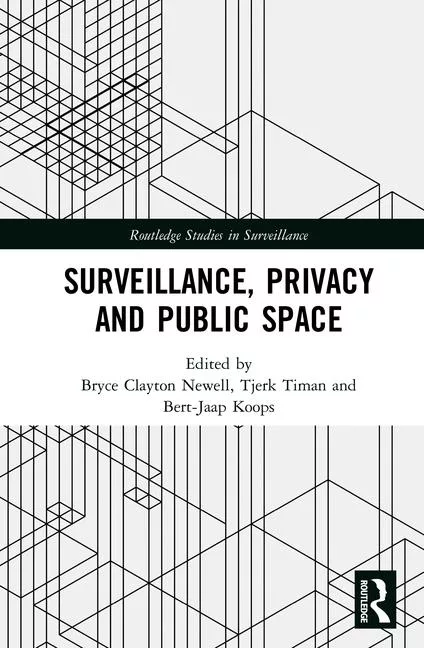Incorporating Mobile Surveillance Options
The two-way Motorola radio has been the cornerstone of real-time communications for the emergency response and security industry for nearly a century, and is soon to be complemented by smartphone technology. However, the smartphone isn’t going to be used for real-time voice, but will instead be a “must have” device for surveillance operations. This is because the device can act as eyes in the field; capturing real-time video and bringing situational awareness and immediate evidence collection capabilities to the next level. Emergency and security personnel represent a significant portion of the monthly operational budget for these industries. The smartphone can improve the operational efficiency and response capability of these personnel, which will drive increased investments at a time when some security operations are facing budget cuts.
These increased “manned” security investments will be seen beginning this year within the mobile surveillance industry. Mobile devices will also be the fastest growing platform for client applications within the physical security industry. However, smartphones and other mobile devices will be used for more than simply viewing video. They will also serve as management clients and mobile HD video surveillance cameras, using a feature called “video push.” This combination of viewing video, systems management and a powerful HD surveillance camera, all running on platforms from either Apple or Google, will drive networked surveillance industry adoption. Now, for the first time in our industry, security officers will be active mobile components of the surveillance system, instead of passive or reactive operators.
Video Push
Mobile surveillance operations have seen great success with expensive vehicle-based surveillance systems and, in some cities, portable surveillance systems equipped with power supplies, lights and telescoping poles. These mobile units are typically restricted to outdoor environments and frequently offline for extended periods of time. However, now anyone with a smartphone and a video push-enabled application can become a mobile surveillance system. Because people carry these hand-held devices, they can be used in almost any situation, indoors and outdoors, and can instantaneously feed live video between security personnel and a security operations center. The implications of this technology on security operations are potentially revolutionary. No longer do your surveillance cameras have to be in position to capture an event, instead trained security personnel equipped with video push-enabled smartphones go out to meet, record and respond to events in real-time.
Point, Press and Record
The enabling component of the video push feature is the HD video camera included in smartphones, which can be attached through the network to a surveillance video recording server or NVR. This feature works just as though you were recording a video clip on your smartphone, except the recording is initiated by the mobile surveillance system application, or “app,” running on your smartphone. You download and install the application from the Apple App Store or Google Android Marketplace. The integration to your smartphone’s video camera allows for a familiar set of configurations controlling the FPS, image quality and other camera parameters. Video push networking can be supported by 3G, 4G or Wi-Fi network connections, and is licensed in the VMS or NVR as a typical network camera device.
Remote Systems Management
Surveillance management and administration operations have long been tasks performed while sitting at a desk. Now controlling PTZ’s, triggering device I/O’s and enabling or disabling system events can all be done from a smartphone connected to the network. These capabilities decentralize command and control functions for immediate security system responses informed and executed directly from the scene of an incident. With the proper training, mobile security personnel become field-based system operators who can more effectively gauge the necessary surveillance system response, such as locking doors, turning on lights or sounding alarms.
1+1=3
Mobile viewing clients with video push features are force multipliers, which will immediately benefit all security operations. 2013 is the year when all of the enabling technologies come together for the first time in our industry with smart phones, 4G networks, easy-to-use applications and advanced surveillance functionality. With these benefits enabled in large part from the continued advancement of networked surveillance systems, “convergence” will enter the mainstream because of these measurable and low-risk operational benefits.
This article was previously published in the print magazine as "Surveillance Options on the Go."
Looking for a reprint of this article?
From high-res PDFs to custom plaques, order your copy today!





